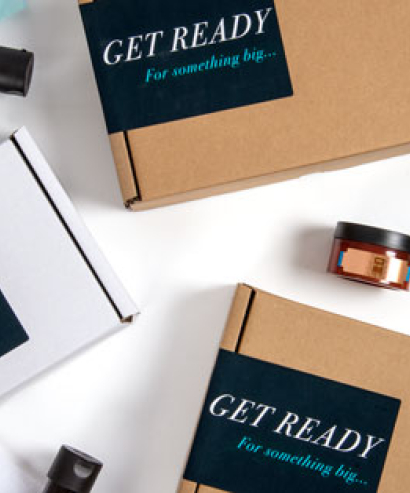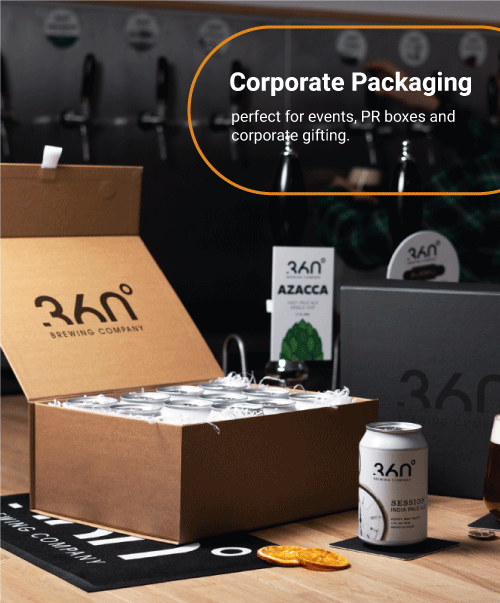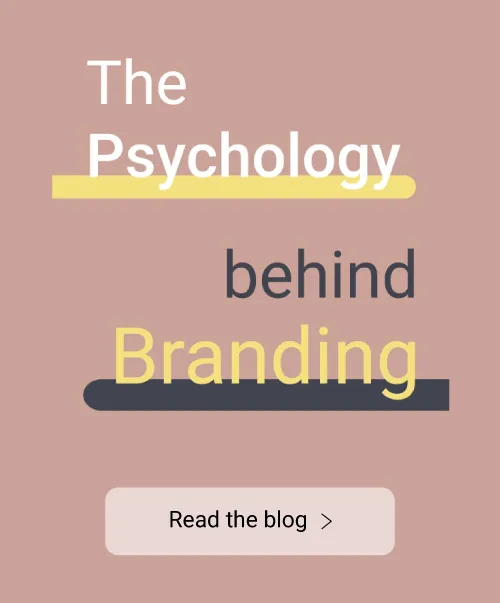
You might have noticed. Search is changing so fast that it’s hard to keep up. Google is still important, but it’s no longer the only way to get search traffic to your website. In 2025, your customers are just as likely to discover you through a chatbot, a voice search, or a smart assistant as they are through a standard search engine results page. That shift means it’s time to think beyond traditional SEO.
Enter AIEO: Artificial Intelligence Experience Optimisation. AIEO is a practical way to ensure your business is easily found, understood, and trusted across the AI-driven web. If SEO was about ranking on Google, AIEO is about being the best answer, no matter the platform.
Here’s how to do it.
1. Make your business machine-readable
AI systems need structure. That means adding schema markup to your website to help bots interpret who you are, what you offer, and where you’re based. It’s not as technical as it sounds. Use Google’s Structured Data Markup Helper or a plugin like Schema Pro to add key details: business name, address, services, opening hours, and FAQs.
Stick to the basics at first. LocalBusiness, Product, and FAQ schema are the most useful for most small firms. This data feeds into AI answers and rich results, so if you’re not using it, you may be invisible to voice assistants and AI-powered search tools.
2. Update your online profiles everywhere
AIs pull information from across the web, not just from your site. So if your Google Business Profile, LinkedIn page, directory listings or social media profiles are out of date, you’re sending mixed signals.
Make sure your business name, address, phone number, website, and opening hours are identical across every platform. Consistency boosts your credibility in the eyes of both humans and machines.
3. Write clear, specific content that answers questions
AI tools scan websites to extract answers. If your content is vague or too salesy, it won’t be picked up. Think about what your customers actually ask. Then write plain answers to those questions.
Include headings that match the search queries you want to show up for. Structure your content so it’s easy to quote or summarise. That means short paragraphs, clear subheadings, and direct language. It also means updating older content that hasn’t aged well or still relies on weak or outdated phrases like “click here.”
4. Build trust with external signals
Links still matter, but now it’s not just about quantity. AIEO gives weight to relevance, accuracy, and freshness. Focus on getting mentions from trusted websites in your industry or local area. That might be through partnerships, directories, press coverage, or guest posts.
Reviews matter too. AI models often reference them in answers, so make sure you’re collecting them on Google, Trustpilot, and anywhere else your audience looks.

5. Strengthen your About and Contact pages
Search engines and AI models use your About page to understand who you are. If it’s thin or generic, you’re missing an opportunity. Add details about your experience, qualifications, location, and values. Be specific.
The same goes for your Contact page. Include your full address, map, phone number, and email. If you’ve got a physical presence, this also helps with local discovery through smart assistants and map tools.
6. Focus on topical authority
AI tools favour sites that demonstrate deep knowledge, not just broad overviews. If you sell sustainable packaging (for example!), you should be the go-to source for everything from biodegradable tape to FSC certification. That means creating a cluster of related content that builds your authority on a subject.
Use internal links to connect your pages. If someone lands on one blog post, they should be able to easily find related pages and get a full picture of your expertise.
7. Prioritise fast, mobile-first design
AIEO rewards sites that work well across devices. Page speed, responsive design, and clean layout are essential. Many AI tools preview sites or load snippets, so your first impression might come from a single sentence or image. Make sure that snippet is sharp.
Keep your site free of pop-ups, broken links, and slow-loading files. These technical issues aren’t just annoying for users - they can stop AI tools from accessing your content properly.
8. Add clear authorship signals
If you’re publishing advice or insights, add real author names and bios. Include a photo, credentials, and links to their other work. AI looks for signs that content is written by a trustworthy person, not a generic brand.
This matters even more in industries where trust is critical - anything to do with health, finance, legal advice, or sustainability.

9. Optimise for branded search
More people are searching by name. If someone asks Siri or ChatGPT about your brand, what shows up? You should own the first page for your business name. That means publishing content under your name, setting up profiles on major platforms, and monitoring what’s already ranking.
Check what appears when you search for your business on Google, YouTube, and even Reddit. If something unhelpful comes up, create new, useful content to nudge it down.
10. Track what’s working
AIEO can feel like a moving target, so keep your eyes on the data. In Google Search Console, track impressions for AI-generated results like rich snippets or video cards. In Google Analytics 4, pay attention to engaged sessions and conversion paths, not just traffic volume.
Also track where your brand is mentioned. Tools like BrandMentions or even simple Google Alerts can show you how your business is showing up across the web.
Why it matters - and why we’re doing it
At Tiny Box Company, we’re not digital experts first - we’re manufacturers, retailers, and people who care about running a business with purpose. But we’ve learned over many years that good intentions don’t get you found online. You really have to work at it.
AIEO reflects a real shift in how people (and machines) discover and trust brands. In a world where your next customer might hear about you through Alexa, ChatGPT, or a voice search on the move, it’s not enough to rely on a single platform or hope your homepage does the heavy lifting.
We’ve taken the steps outlined in this guide ourselves - from tightening up our product descriptions and making our About page more personal and relevant, to checking how we appear when someone searches for us by name. Consistently providing clear, credible information wherever someone might be looking is the recipe for success.
If that sounds daunting, start small. Choose one section from this guide and focus on it this month - then tackle the next. Experience tells us that AIEO is less about pleasing algorithms and more about earning trust, from both machines and the humans behind them. And for values-driven businesses like ours, that’s the goal anyway.
Good luck!
































